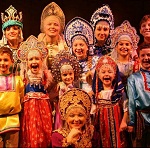
Population
Russia is multinational and multicultural. Russia has got more than 100 nationalities — Russians, Ukrainians, Tatars, Jews, Bashkirs — it would take a separate page to list them all
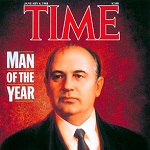
USSR
Mikhail Gorbachev was the first and only President of the USSR
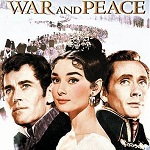
Culture
Russia gave birth to many great artists, scientists and writers: Dostoevsky, Chekhov, Tolstoy, Pushkin, Aivazovsky and Vasnetsov, Gogol and Turgenev, Lomonosov and Karamzin
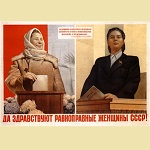
History
Russia adopted equal rights before USA. In 1918, Russian women were granted suffrage. US has only granted the voting rights to women in 1920
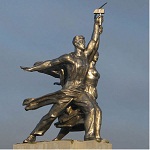
Moscow
The Worker and the Kolkhoz Woman by Vera Mukhina is one of the most prominent statues to shape Moscow's landscape and was designed for the 1937 World's Fair in Paris
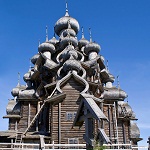
Culture
The UNESCO World Heritage List includes 24 Russian heritage sites, natural and cultural properties, power points and famous historical sites
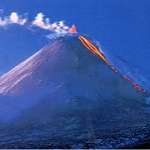
Geography
Russia is also home to the world’s largest active volcano Klyuchevskaya Sopka, which has a height of 4,750 m (15,584 ft)
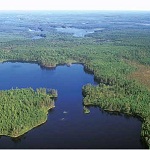
Geography
Russia is known as the "lungs of Europe" since it has the largest forest reserves in the world, and the amount of carbon dioxide absorbed by it is second only to the rainforests in the Amazon
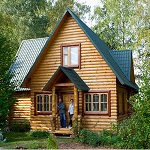
Habits
Many Russian people prefer to spend their holidays and free time in the summer houses outside the cities which are called "dacha"
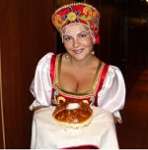
Habits
Hospitality plays a significant role in the Russian mentality and character, once you make friends with Russian people you will surely value this unique feature of the so-called "Wide Russian soul"
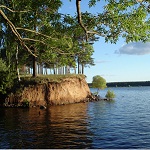
Geography
Russian Volga is the longest river of Europe. The Volga River rises northwest of Moscow and extends southward some 3700 km through the whole central part of the country
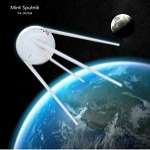
Science
First artificial satellite of Earth was Russian. "Sputnik" (pronounced "Spoot-nik" not "Sput-nik") was launched on October 4, 1957 – the beginning of the Space Age

Science
The father of modern American television was Russian electronic engineer and inventor, Vladimir Zvorykin, who emigrated to the United States in 1919
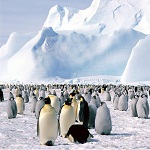
Geography
In January16, 1820, Russian expedition led by Thaddeus Bellingshausen and Mikhail Lazarev discovered Antarctica
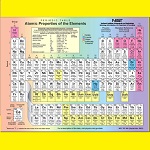
Science
Russian chemist, Dmitrii Mendeleev, created the periodic table of elements by arranging them according to scientific laws. The whole world uses this periodic table
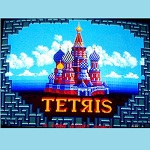
Science
The most famous computer game –Tetris – was created by Russian programmer Alexei Pazhitnov in 1985. The game, first available in the Soviet Union, appeared in the West in 1986
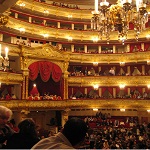
Culture
Russia has some of the best art institutions in the world, like Bolshoi Theater and Pushkin Art Gallery in Moscow, and Mariinsky Theater and the Hermitage in St. Petersburg
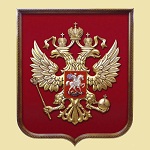
Administration
The administrative divisions in Russia include 21 autonomous republics, 49 oblasts or provinces, 6 territories (kray), 10 autonomous regions (okrug) and 1 autonomous oblast
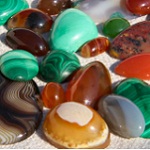
Geography
For Russians, Ural is a jewellery box with precious stones, because more than 200 minerals and precious stones are in the depths of these mountains (asbestos, rock crystals, malachite, beryl, jasper, zircon, gold)
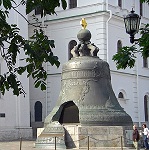
Moscow
The world’s largest bell, the Tsar Kolokol bell, can be found at the Kremlin. The bell was made in 1735 and cracked soon afterwards. It has never been rung. It is 6.14m high and weighs 223 tons!
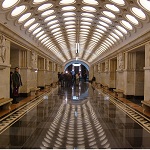
Moscow
Moscow metro is the fastest means of transport, trains are scheduled for every 90 seconds in a rush hour
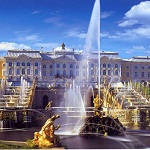
St. Petersburg
There are about 176 operating fountains (including 40 huge fountains) and 5 cascades in Peterhof, located in the suburbs of St.Petersburg
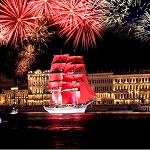
St. Petersburg
About 100 festivals and competitions of different trends of culture and art including 50 international ones are held every year in St. Petersburg
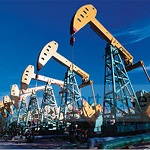
Economy
Russia is the second biggest oil exporter in the world
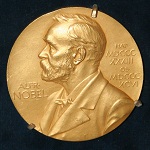
Culture
27 Russians were the Nobel Prize Laureates, the list includes the following great names Bunin, Pasternak, Gorbachev, Landau, Sakharov, Solgenicin, Kapitsa and many others
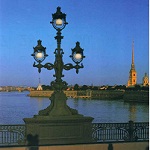
St. Petersburg
Trinity (Troitsky) Bridge in St. Petersburg was designed by French engineer Fustave Eiffel
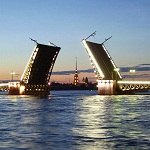
St. Petersburg
10% of St. Petersburg territory is covered by water
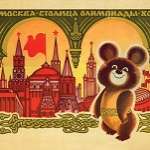
Sport
Olympic Misha- the most famous bear in the world. Misha was born in 1980 and worked as the Olympic mascot
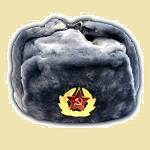
Culture
Ushanka (Ear-flaps hat) is a traditional Russian winter hat with ear flaps that can be tied up at the chin to protect the ears from cold
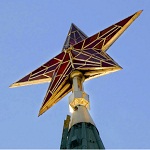
Culture
Red Stars worked for a long time as a Red Army Symbol. After the end of Red Army, red stars can be seen only on the top of Kremlin towers and on the bottom of the Baltic Sea
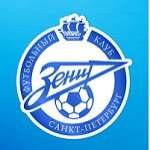
Sport
St. Petersburg football club Zenit is the only one club in Russia which has in its arsenal all champion cubs not only Soviet times games but as well as Russian
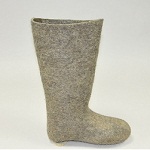
Culture
Valenki is a traditional wild Russia winter footwear. Their name itself means «made by felting». Genuine valenki are made of wool felt
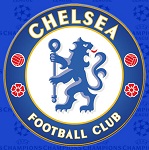
Sport
Chelsea is the most famous Russian football club in the world. Club was founded in 1905 and later on in 2003 was bought by Russian businessman Roman Abromovich
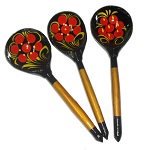
Culture
Wooden Spoon is made of wood and thoroghly painted. This spoon is more than just a spoon, it is one of the most portabale musical instruments
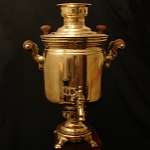
Culture
Samovar is the ancient version of the electric kettle. Without electricity a samovar worked on coal and produced boiling water
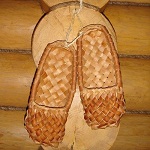
Culture
Lapti are a typical Russian shoes, invented in wild-wild Russia long-long time ago. Lapti are shoes made of bast and laces which were extremely popular among Russian peasants